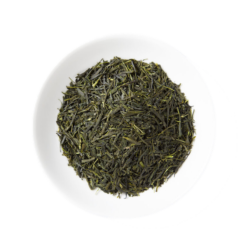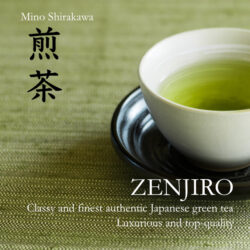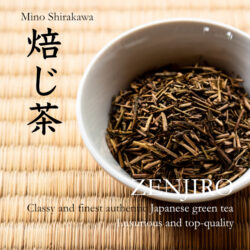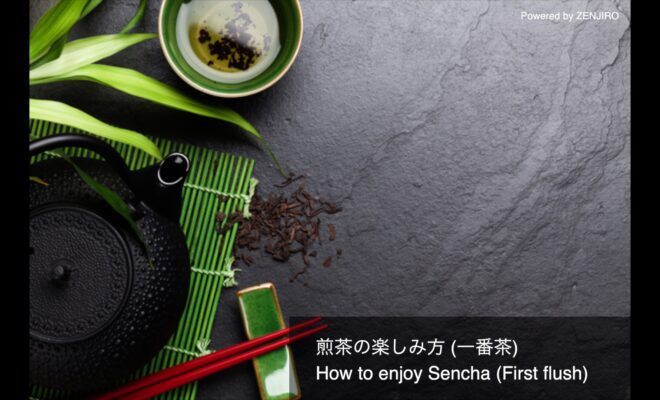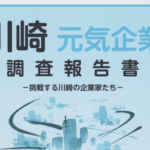The story of a young genius ballerino who supports each other with the ballet started by an old man who is advancing Alzheimer’s disease in Netflix’s Korean drama “Navirella” is emotional. I also started a handwritten diary in preparation for dementia (forced smile). As expected, ballet is impossible. It doesn’t look good on a leotard. But here is the story of Alzheimer’s and tea.
Prevention of accumulation of dementia-causing substances by EGCG (epigallocatechin gallate)
In Alzheimer’s disease, the amyloid cascade hypothesis is generally known that a substance called amyloid β (Aβ) is produced, accumulated and aggregated to form amyloid plaque. Aβ is formed by cleaving and degrading amyloid precursor protein (APP) in the brain by an enzyme called selectorse. Therefore, this dementia countermeasure is to “prevent the production of Aβ” or “prevent the accumulation and aggregation of Aβ”. It seems that various drug developments have been attempted to prevent the production. Aβ is a protein fragment (peptide) consisting of 40 amino acids in which amyloid precursor protein is cleaved in two stages by two types of enzymes, β-secretase and γ-secretase. It would be good to suppress these two enzyme activities, but that is not easy. These enzymes are also responsible for important proteolysis, so simply eliminating or inhibiting their function can cause serious damage. In other words, it seems impossible to selectively interfere with Aβ production. If the selector has beta and gamma, isn’t there alpha (α)? I think, but originally there are α, β, γ. Under normal conditions, α and γ work together to not produce amyloid β, but as we get older, the power of α secretase declines. It seems that α-selectase weakens from around 40s, amyloid β accumulates over 20 years, and Alzheimer’s disease is more likely to develop in the 60s.
Now here is the research result of catechin
Looking at the results of KAKEN (Grants-in-Aid for Scientific Research), the Faculty of Pharmaceutical Sciences of Nagasaki University was conducting research.
“Identification and analysis of catechin receptors and binding proteins in the brain using fat-soluble EGCg derivatives”
The lipophilic catechin derivative raises and lowers the gene expression of neprilysin, which is the main degrading enzyme of amyloid β peptide (Aβ), which is the causative agent of Alzheimer’s disease, α-secretase that suppresses Aβ production, and Aβ-producing enzyme β-secretase, respectively. We found that we had the ability to adjust.
Neprilysin is a substance that decomposes Aβ, α-selectase is an important enzyme that suppresses Aβ production although it decreases with aging, and β-selectase is an enzyme that produces Aβ and has a genetic cause. However, it increases neprilysin and α selectors and suppresses β selectors. Catechin is effective for these, isn’t it?
Theanine also prevents dementia (by Itoen)
Animal experiments have confirmed that theanine, an amino acid peculiar to green tea, suppresses excessive brain nerve cell death due to glutamic acid and suppresses nerve cell death due to transient cerebral ischemia (cerebral infarction). We have shown that green tea shavings high in theanine may maintain cognitive function that declines with age. Although further multi-institutional verification is required, continuous intake of “theanine” can be expected to be useful in preventing dementia, which is a problem in the modern aging society. Excerpt from https://www.itoen.co.jp/company/research/report07/ This is a comparative experiment between tea containing theanine and tea not containing it (placebo). At the beginning of the study, a comparative experiment with placebo is often conducted and scrutinized from there.
As an aside, “phenylindane” produced when roasting the polyphenol “chlorogenic acid” contained in coffee as a raw material also seems to inhibit the accumulation of Aβ and tau protein. However, the mechanism is awaiting future research. ZENJIRO’s garden cafe TCHA-TCHA also offers cold brew coffee. For espresso and Italian roast. Since the degree of roasting is strong, I think that it also contains a lot of phenyl indane. Watering this will make it a little more mellow and easier to drink.
Green tea as a gift for mother and father!
Both catechin and theanine seem to be effective for dementia. May 9th is Mother’s Day and June 20th is Father’s Day. The number of elderly people today is increasing after the war, and it seems that there are many elderly people who have left Japanese tea and are all about coffee. You may take this opportunity to give Japanese tea as a gift.
———
DISCLAIMER: This blog article is a translation of the Japanese version of the blog article and this article complies with Japanese regulations. The statements in this site have not been evaluated by the Food and Drug Administration (FDA) of th USA, and similar authorities in other countries. Our Japanese tea products are not intend to diagnose, treat, cure, or prevent any disease. If your conditions persist, please seek advice from your medical doctor.Rawpixel.com – jp.freepik.com によって作成された education ベクトル

